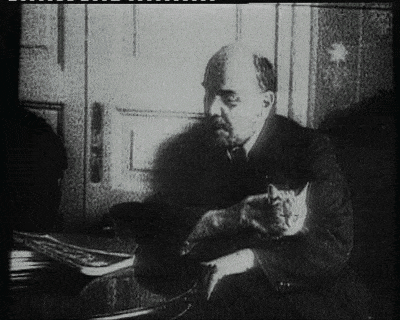I’m thinking maybe I’ll switch in a year or two. I know about Libre Office and VLC.
For the distribution itself, I usually recommend Linux Mint to most people just jumping into Linux for the first time, it’s easy to use, has a familiar(ish) layout, and should work on just about everything out of the box. Fedora is another choice, but I try to stay away from corporate backed distributions.
And for the software side of things:
- Matrix / Element for decentralized, and end-to-end encrypted communication
- Firefox w/ uBlock Origin & Arkenfox’s user.js for web browsing
- LibreOffice for an office suite
- Spotube as an open-source alternative to Spotify’s proprietary client if you use Spotify
- VLC media player for playing multimedia files & streaming videos
- qBittorrent for torrenting
- KeePassXC for local encrypted password storage, no cloud services needed
That should have you covered for most day to day browsing and content consumption!
these are my essentials:
- blender -> 3d graphics software, and with the blenderbim addon it turns into an architecture/engineering beast,
- freecad -> parametric 3d drawing program, amazing for 3d printing, also has a bim addon,
- qcad -> cad drawing software,
- qgis -> topology software,
- kicad -> circuit design software,
- krita -> it used to be just a painting program, lately it’s become a great graphics software,
- gimp -> it’s always contested but still my favorite image editor,
- ardour -> my favorite daw,
- lyx -> great latex editor,
- at last but not least: vim -> the greatest editor of all time
Some favourites of mine. All open source, all available on both Linux and Windows, and none which require any sort of online account or subscription.
KeePassXC, a secure password manager that never ever touches the cloud, and plays nice with lots of web browsers. There’s an Android version called KeePassDX that reads the same password file format and plays nice with Android apps as an auto-fill app (fingerprint unlocking, avoids putting passwords on the clipboard, etc). You do need to figure out your own way to sync the password file if you want to keep your logins on different machines in sync. Which leads to…
Syncthing, a way to reliably sync files across devices on the same LAN without using any internet services. This one has a bit of a learning curve to set up and use, but nothing too difficult for anyone already considering using, or used to using, Linux. It also has an Android version available.
Kdenlive, for video editing. I’ve never done professional video work, so I couldn’t speak to how feature-filled it is, but it’s stable and has enough features for my own basic editing needs.
Tenacity, for audio editing. This is a zero-telemetry fork of Audacity, whose developers burned a ton of goodwill in the community with their questionable mandatory-telemetry decisions.
Krita, image editing. Far ahead of long-obsolete GIMP in both features and interface. Great for both illustration work and photo editing. Anyone still using GIMP in 2024 need to give Krita a try.
FreeCAD, for 3D modelling. It has a learning curve like a vertical wall, but if you’re into 3D printing and can’t afford/don’t want to pay Autodesk’s ransom fees for 3D Fusion, it’s worth learning.
Either VSCode or VSCodium. A high-quality open-source cross-platform programming IDE from, of all bizarre places, Microsoft. VSCodium is a variant with Microsoft stuff pulled out, akin to how Chromium is a variant of Chrome with (most) Google stuff pulled out.



